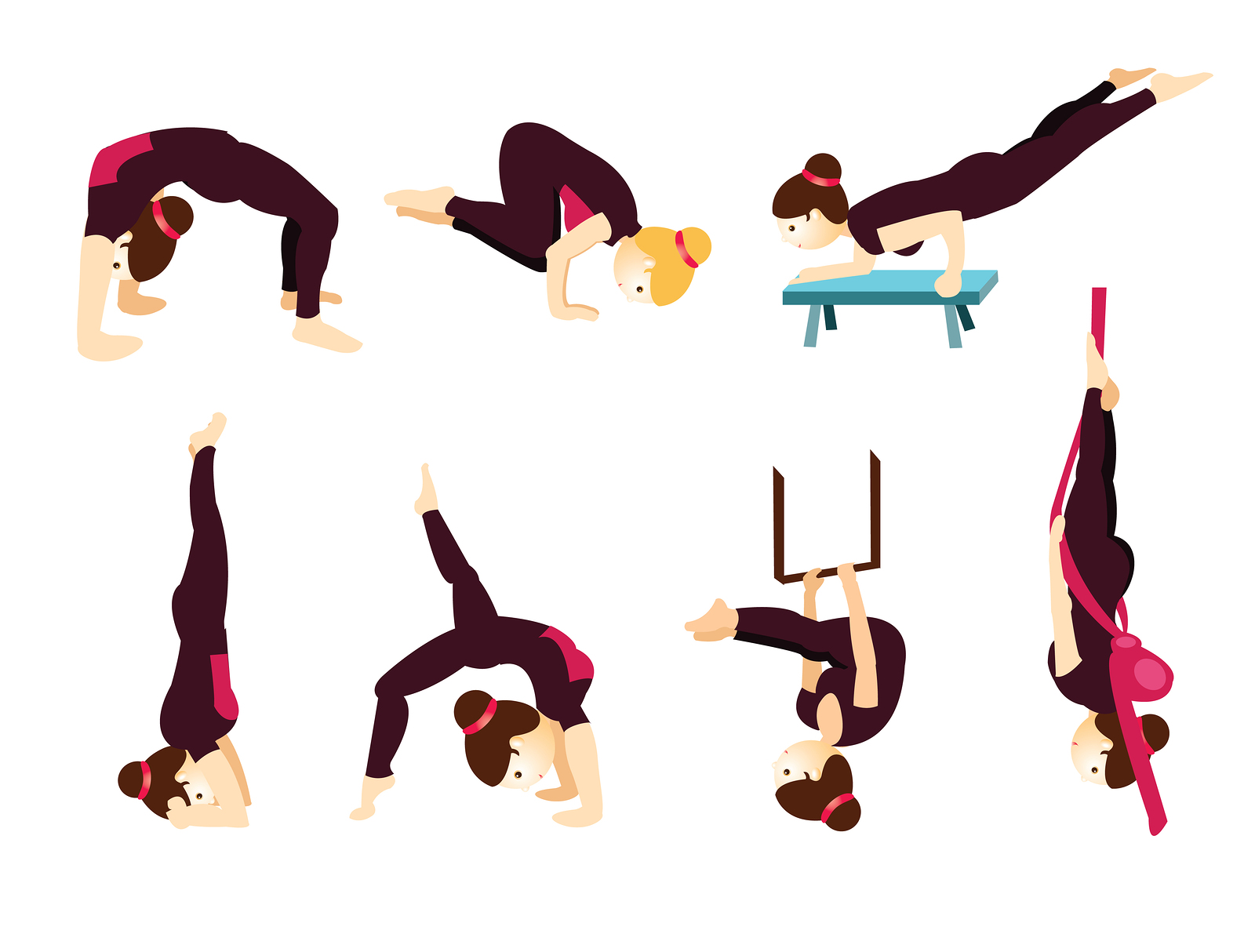
The objective of this study was to evaluate the effectiveness and cost-utility of the addition of different doses of Pilates to an advice for non-specific chronic low back pain (NSCLBP) from a societal perspective. This was achieved through a RCT in a outpatient setting in Brazil involving 296 patients.
All patients received advice and were randomly allocated to four groups (n=74 per group): booklet group (BG), Pilates once a week (Pilates group 1, PG1), Pilates twice a week (Pilates group 2, PG2) and Pilates three times a week (Pilates group 3, PG3). All were assessed for pain and disability a 6 weeks follow up.
Compared with the BG, all Pilates groups showed significant improvements in pain (PG1, mean difference (MD)=-1.2, 95% CI -2.2 to -0.3; PG2, MD=-2.3, 95% CI -3.2 to -1.4; PG3, MD=-2.1, 95% CI -3.0 to -1.1) and disability (PG1, MD=-1.9, 95% CI -3.6 to -0.1; PG2, MD=-4.7, 95% CI -6.4 to -3.0; PG3, MD=-3.3, 95% CI -5.0 to -1.6). Among the different doses, PG2 showed significant improvements in comparison with PG1 for pain (MD=-1.1, 95% CI -2.0 to -0.1) and disability (MD=-2.8, 95% CI -4.5 to -1.1). The cost-utility analysis showed that PG3 had a 0.78 probability of being cost-effective at a willingness-to-pay of £20 000 per quality-adjusted life-year gained.
Adding two sessions of Pilates exercises to advice provided better outcomes in pain and disability than advice alone for patients with NSCLBP; non-specific elements such as greater attention or expectation might be part of this effect. The cost-utility analysis showed that Pilates three times a week was the preferred option.
No comments:
Post a Comment